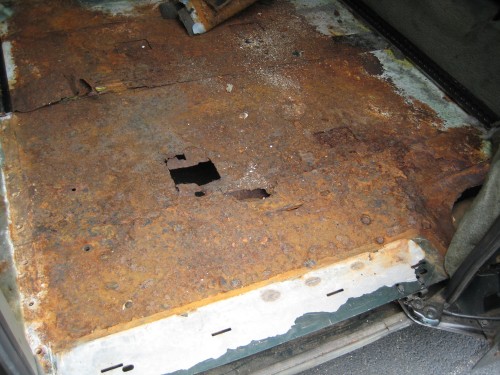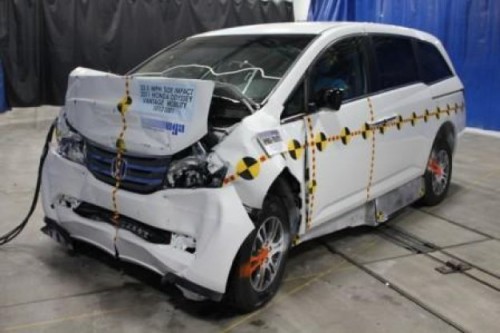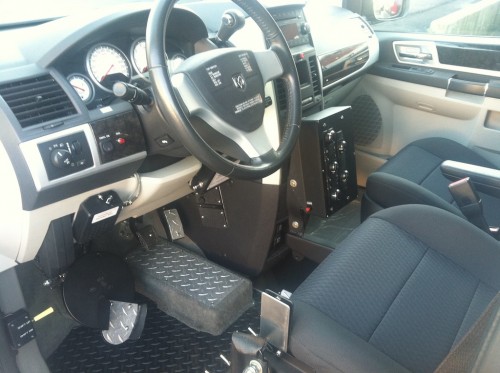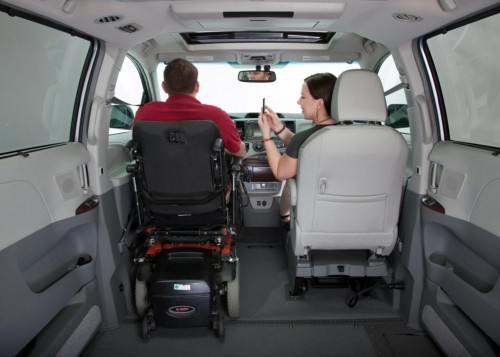wheelchair vans rust, corrosion, long life
and rust proofing in new england
Vehicles today are subject to rust and corrosion due to moisture, humidity, tons of road salt and other airborne pollutants that can cause rapid deterioration of your wheelchair van. If neglected, the damages can make your mobility investment of little value. The thousands of yearly miles, environments and exposure to the elements of larger vehicles means they are alot more likely to suffer from the effects of corrosion. Correct rustproofing on a regular basis can ensure that your vehicle does not suffer from corrosion related vehicle downtime and keep your van from falling apart.
If you consider that new vehicles undergo thousands of spot welds and numerous bends and folds during assembly; this process damages the automobile coating systems, exposing these panels to corrosion. Besides body-panel damage, certain mechanical parts are also at risk – suspension mounts, hood-locking mechanisms, door hinges, brake cables – which are all susceptible to the damaging effects of rust on your wheelchair van.
To protect your vehicle against corrosion our rust proofing formula does more than just cover the metal required. A rust proofing product must be applied as a high-pressured spray, ensuring protection to your vehicle’s most critical areas by penetrating, displacing existing moisture and protecting the many vulnerable crevices of your automobile.
Benefits of rust treatment
Prevention is better than cure. There are a number of products that can offer prevention against rust. Products are available either as oils, waxes, fluids and coatings. The range is vast. Our rust prevention processes, products, plan and application have been found to be very effective and developed over more than 25 years and still remain affordable.
We are the only mobility dealer in New England to offer this service.
Our rust proofing processes are ever evolving and have been for more than 25 years.
As seen in this picture the van has heavy rust and metal fatigue due to a lack of maintenance.
Once it’s this bad there’s not much we can do other than replace the van






